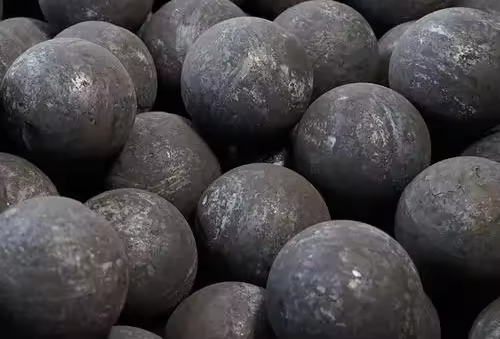The grinding balls used in ball mills are usually made of different materials. The specific material selection depends on the hardness of the grinding material, the grinding requirements and the application scenarios of the ball mill. The following are common ball materials for ball mills:
Steel balls: Steel balls are the most commonly used grinding ball materials, usually ordinary carbon steel balls or alloy steel balls. Steel balls have high strength and wear resistance and are suitable for most general ball mill grinding. Steel balls of different hardness and specifications are available.
Ceramic balls: Grinding ceramic balls are used for material grinding and dispersion. The most common ones on the market are mainly alumina grinding balls and zirconium oxide beads. The minimum size of this type of ball can be 0.1 mm, and the large ball can be 70 mm. It has low wear and good strength. It is used in sand mills, ball mills, stirred mills and other equipment. Larger ones, such as alumina balls, are mainly used for grinding, and smaller balls are used for fine grinding, such as coatings, pigments, color pastes, inks, electronic ceramics, magnetic materials, etc.
Stainless steel balls: Stainless steel balls have good corrosion resistance and wear resistance, and are suitable for grinding occasions involving corrosive media, such as processing some special chemical properties of ores or chemical products.
Cast iron balls: Cast iron balls are usually used to process grinding materials that are soft and not easy to wear. Cast iron balls usually have a lower hardness and are suitable for the primary grinding stage.
High chromium cast iron balls: High chromium cast iron balls have excellent wear resistance and are suitable for processing grinding materials with high hardness and easy to wear.
When selecting the material of the grinding ball, it is necessary to comprehensively consider factors such as the hardness, wettability, grinding requirements, size and model of the grinding material to ensure that the selection of the grinding ball can adapt to the specific production tasks and grinding requirements. In addition, in order to ensure the normal operation of the ball mill and the grinding effect, the selection of grinding balls should also be carried out according to the technical data and operating procedures provided by the equipment manufacturer.



